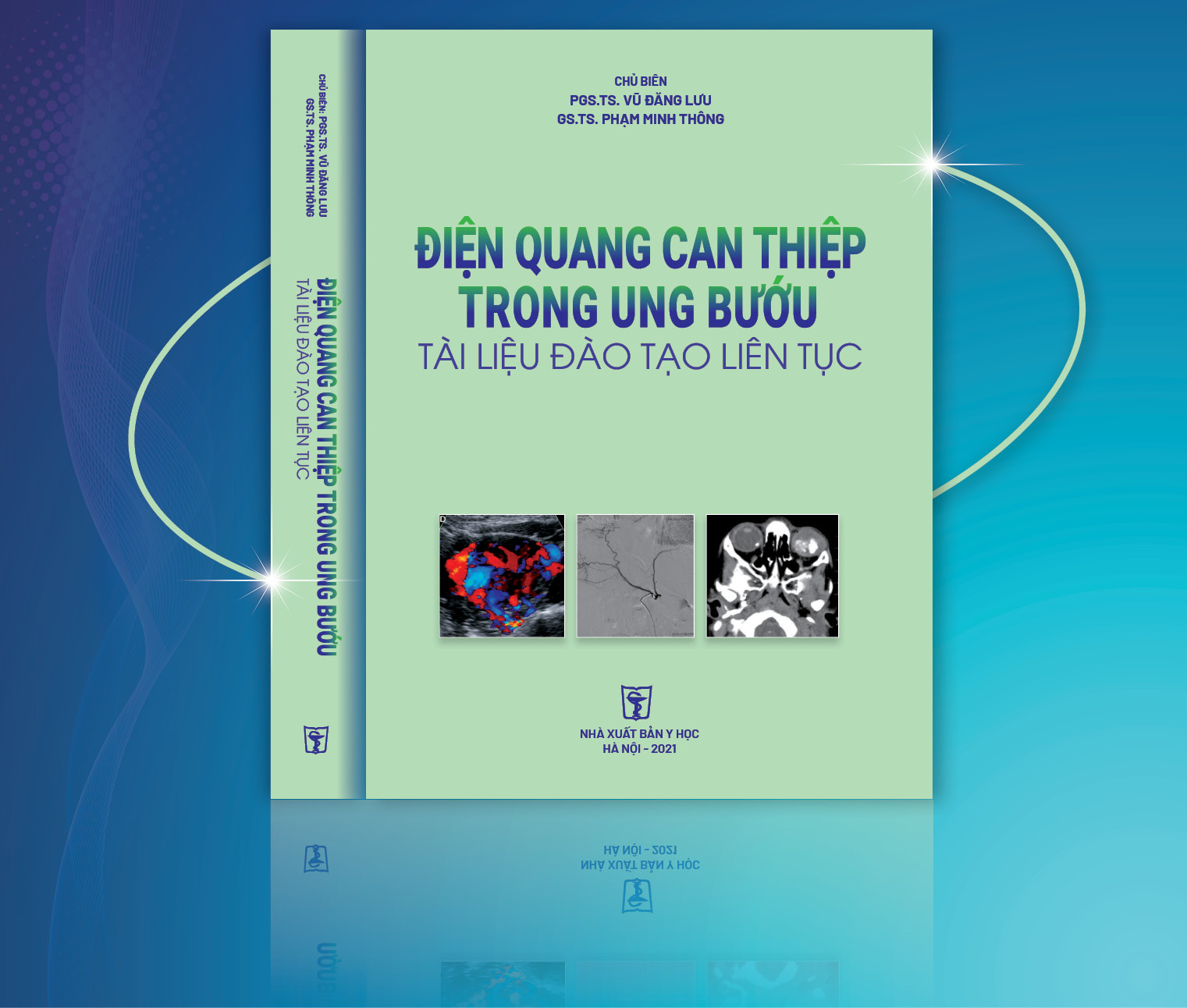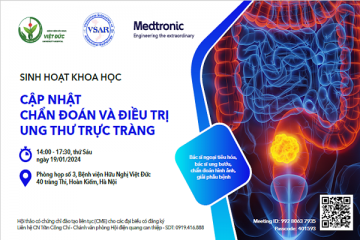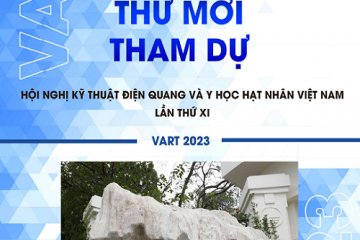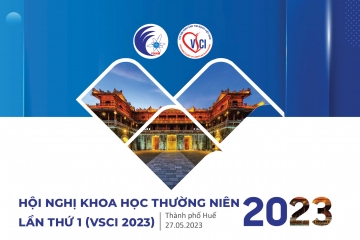Nhân một trường hợp chẩn đoán và điều trị tụy đôi, ống tụy phụ có sỏi, giản dạng nang
Diagnosis and treatment pancreas divisum together calculi and cystic dilatation of the accessory duct
SAMMARY:
A patient, 46 year old, female, with abdominal pain, was admitted to Hospital of Hanoi medical university. Divisum pancreas was diagnosed in MR image and in operation, the accessory pancreatic duct was largely dilated which formed a cyst in the pancreatic head with some calculi inside.
Divisum pancreas is a common congenital abnormaly of the pancreatic ducts. The human embryo starts life with two ducts in the pancreas; the ventral duct and the dorsal duct. In more than 90% of the embryos, the dorsal and the ventral ducts will fuse to form one main pancreatic duct. The main pancreatic duct will join the commom bile duct and drains into the duodenum through the major papilla. In approximately 10% of embryos, the dorsal and the ventral ducts fail to fuse. Failure of the ventral and the dorsal pancreatic ducts to fuse is called pancreas divisum. In pancreas divisum, the ventral duct drains into the major papilla, while the dorsal duct drains into a separate minor papilla. In patients with divisum pancreas, the majority of the pancreatic secretions pass through dorsal duct and the minor papilla (instead of the major papilla) that can result in inadequate drainage and pain caused by obstruction. And this obstruction may be the cause of acute pancreatitis, chronic pancreatitis and pancreatic lithiasis
TÓM TẮT
Bệnh nhân nữ, 46 tuổi, đến khám tại Bệnh viện Trường Đại học Y Hà Nội vì đau bụng. Sau thăm khám và chụp CHT phát hiện tụy đôi, có giãn ống tụy phụ dạng nang, sỏi vùng đầu tụy và được khẳng định trên phẫu thuật.
Tụy đôi là một trong các bất thường bẩm sinh của ống tụy. Ở thời kỳ bào thai, tồn tại hai ống tụy lưng và tụy bụng. Khoảng hơn 90% các trường hợp hai ống tụy này hợp với nhau ở thời kỳ bào thai để thành ống tụy chính. Ống tụy chính sau đó đổ vào ống mật chủ rồi đổ vào tá tràng qua nhú tá lớn. Có khoảng 10% các trường hợp, ở thời kỳ bào thai không có sự kết hợp hai ống tụy này và dẫn tới hình thành tụy đôi. Với các trường hợp tụy đôi, ống tụy bụng đổ vào nhú tá lớn, trong khi đó ống tụy lưng đổ vào nhú tá bé. Phần lớn các dịch tụy được tiết ra chảy vào ống tụy lưng và đổ vào nhú tá bé (mà không đổ vào nhú tá lớn như thông thường), chính vì vậy dẫn đến mất cân bằng và hậu quả tắc ngẽn và gây đau. Tắc ngẽn này có thể gây viêm tụy cấp, mạn tính và sỏi tụy.
Bạn Đọc Quan tâm
Sự kiện sắp diễn ra
Thông tin đào tạo
- Những cạm bẫy trong CĐHA vú và vai trò của trí tuệ nhân tạo
- Hội thảo trực tuyến "Cắt lớp vi tính đếm Photon: từ lý thuyết tới thực tiễn lâm sàng”
- CHƯƠNG TRÌNH ĐÀO TẠO LIÊN TỤC VỀ HÌNH ẢNH HỌC THẦN KINH: BÀI 3: U não trong trục
- Danh sách học viên đạt chứng chỉ CME khóa học "Cập nhật RSNA 2021: Công nghệ mới trong Kỷ nguyên mới"
- Danh sách học viên đạt chứng chỉ CME khóa học "Đánh giá chức năng thất phải trên siêu âm đánh dấu mô cơ tim"















Bình luận